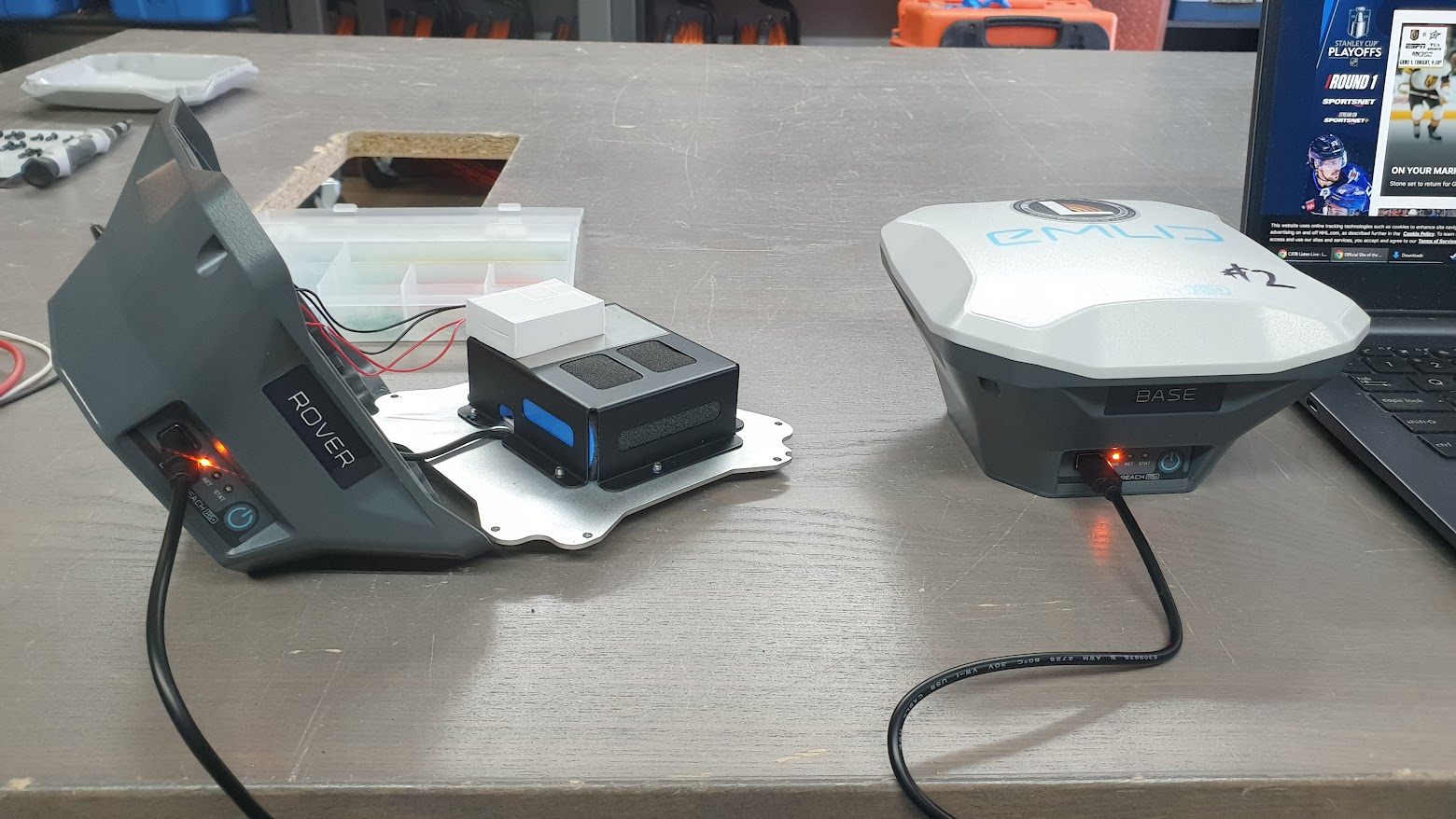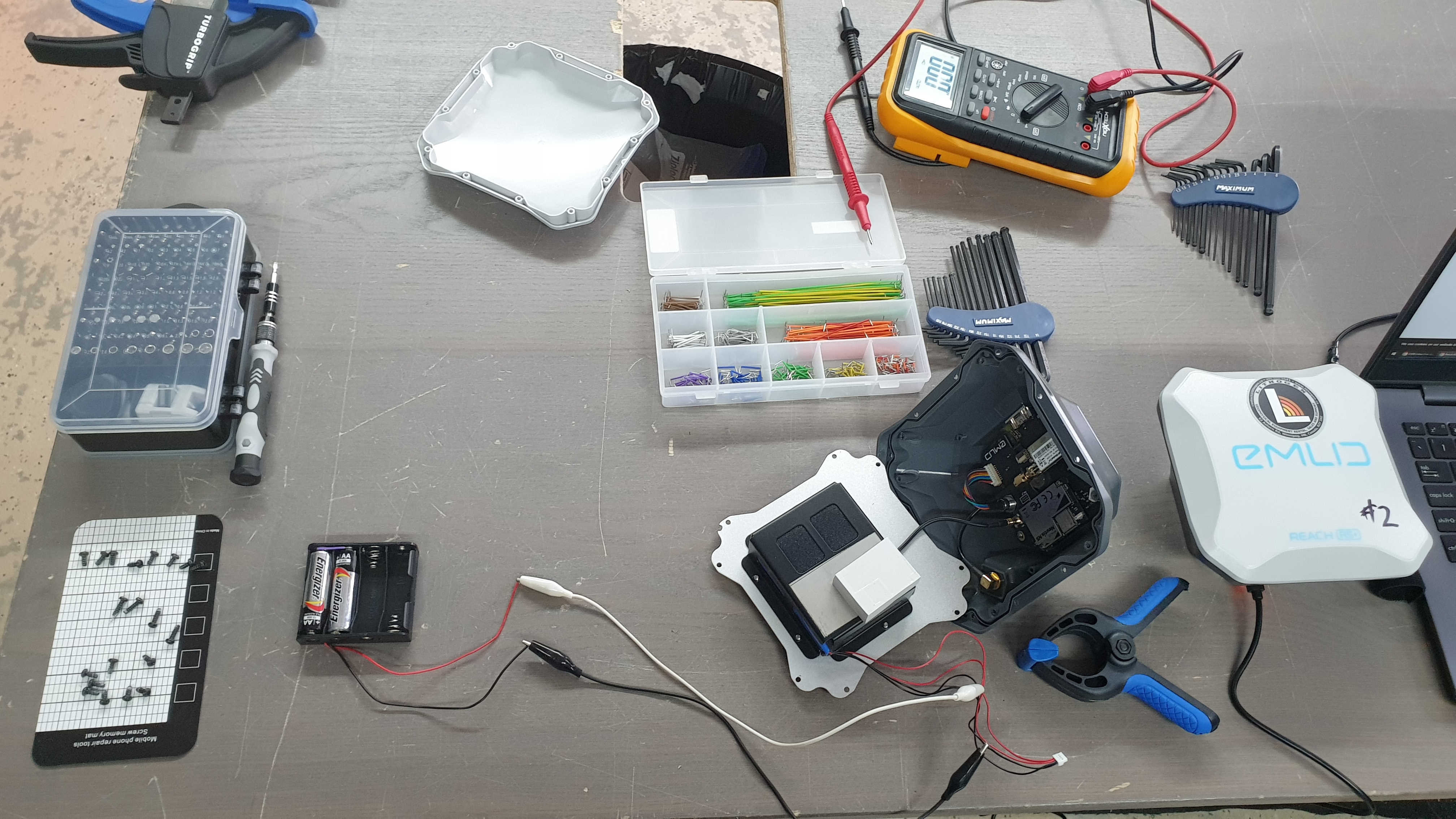this post was submitted on 21 Oct 2024
9 points (100.0% liked)
Electronics
2013 readers
8 users here now
Projects, pictures, industry discussions and news about electronic engineering & component-level electronic circuits.
Rules
1: Be nice.
2: Be on-topic (eg: Electronic, not electrical).
3: No commercial stuff, buying, selling or valuations.
4: No circuit design or repair, tools or component questions.
5: No excessively promoting your own sites, social media, videos etc.
Ask questions in https://discuss.tchncs.de/c/askelectronics
founded 1 year ago
MODERATORS
you are viewing a single comment's thread
view the rest of the comments
view the rest of the comments


0.9V on a lithium cell? And it still charged? …
I wouldn’t be able to sleep under the same roof with these recovered cells charged again, being scared they could catch fire.
Next time just replace them, maybe upgrading total capacity if you happen to open the device anyway.
They're lithium iron phosphate chemistry, which typically draw down to 2.0V without problems, and tend to be a bit more forgiving. I agree 0.9V is low, but the cells were relatively new. Furthermore, no sign of damage or other typical faults associated with a failing battery, and my battery analyzer (from my drone batteries, same chemistry) approved it. According to my gantt chart, they've likely been charged and discharged 75 times since I brought them back to life.
Sadly, because they are a manufacturer device integrated battery pack, and the manufacturer doesn't sell replacements, my only options would be installing a third party battery pack or buying another device at $1500 or more. I'm happy with the battery recovery process though in this case.
Thanks for sharing this.
It looks like the cutoff voltage for LiFePO4, the minimum voltage after which there should be a total power cutoff is around 2.8V. Discharging further is equal to more or less serious, but always, damage to the cell. It also looks like the effects of such over discharge might be less serious for LiFePO4 than it is for Li-Ion cells. However… doesn’t this 1500$ device have a Battery Management System, BMS, a small circuit to implement the cutoff voltage? What the hell?
Yeah, there is risk of some chemistry happening at really low voltages which cause irreversible changes to the structure of the material. Given how the battery responded to tests afterwards, I can only presume that these didn't happen. Short of dissecting the cells and putting them through XRD. Mind you, I do know a few people in the lab...